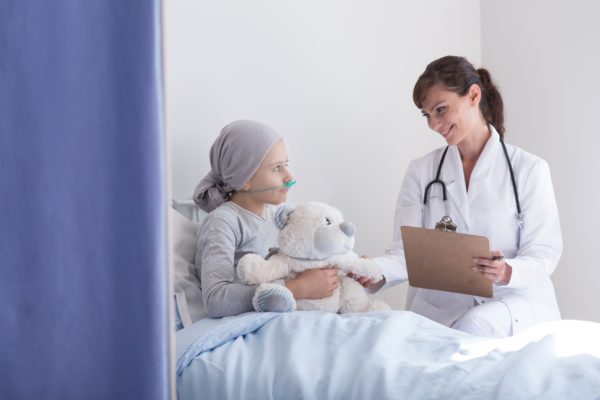
The emergence of anti-CD19 chimeric antigen receptor (CAR) T-cell therapy has revolutionised the treatment landscape of relapsed or refractory (R/R) blood cancers. However, a limitation of currently available CAR-T cell products is their substantial toxicity profile, which may be caused by a high affinity of the single-chain variable fragment (scFv).1 Obecabtagene autoleucel (obe-cel) is designed with a scFv with an intermediate affinity with a fast binding off-rate, which is hypothesised to reduce toxic effects and improve persistence.2 The phase IB-II FELIX study investigated the efficacy and safety of obe-cel in patients with R/R B-cell acute lymphoblastic leukaemia (B-ALL)3.
METHODS
The phase Ib-II open-label, single-arm, multicenter FELIX study investigated obe-cel in adult patients with R/R B-ALL. The main cohort (cohort 2A) included patients with morphologic disease. The primary endpoint in this cohort was overall remission, which was defined as complete remission (CR) or complete remission with incomplete haematologic recovery (CRi).
RESULTS
In total 153 patients with R/R B-ALL were enrolled, of which 127 patients (83.0%; median age: 47 years) were evaluable and received at least one obe-cel infusion (median follow-up, 21.5 months). A total of 56 patients (44.1%) had undergone allogeneic stem-cell transplantation as a prior therapy. Bridging therapy was administered to 92.9% of patients, with chemotherapy alone being the most common (63%). The median event-free survival (EFS) and median overall survival (OS) were 11.9 months 95% CI [8.0-22.1] and 15.6 months [12.6-NE], respectively. The estimated 6- and 12-month EFS was 65.4% and 49.5%, respectively, while the estimated 6- and 12-month OS were 80.3% and 61.1%, respectively. The 12-month EFS results for patients with low (<5% blasts) or intermediate (5-75% blasts) bone marrow burden prior to lymphodepletion were better than for patients with a high bone marrow burden (68% vs. 55% vs. 25%, respectively. The 12-month OS also correlated with pre-lymphodepletion bone marrow burden following the same pattern (low, intermediate, and high burden; 12-month OS: 72%, 59%, and 55%, respectively). There was a low incidence of toxic events: 2.4% of patients developed grade ≥3 cytokine release syndrome, while grade ≥3 immune effector cell-associated neurotoxicity syndrome (ICANS) was present in 7.1% of patients. Severe ICANS following infusion with obe-cel was mainly restricted to patients who had a high bone marrow burden prior to lymphodepletion. Patient death due to progressive or relapsed disease occurred in 45 patients, where 2 deaths were attributed to obe-cel (1 patient due to acute respiratory distress syndrome/ICANS, and another to neutropenic sepsis).
Cohort 2a consisted of 94 patients and had a median follow-up of 20.3 months. Overall remission in cohort 2a was reached in 77% [67-85] of patients, of which CR and CRi were reached in 55% [45-66] and 21% patients [14-31], respectively. The median duration of response was 14.1 months [8.2-NE], while the median EFS was 9.0 months [6.1-15.0].
CONCLUSION
Obe-cel resulted in durable responses in patients with R/R B-cell ALL, with a low incidence of serious (grade ≥3) adverse events. The FELIX trial included patients that did not receive consolidative allo-Stem cell transplant, indicating a potential role for obe-cel in earlier-line consolidation. Evidence from this study also suggests that obe-cel may be safely administered in an ambulatory setting to patients who have a low bone marrow burden.
REFERENCES